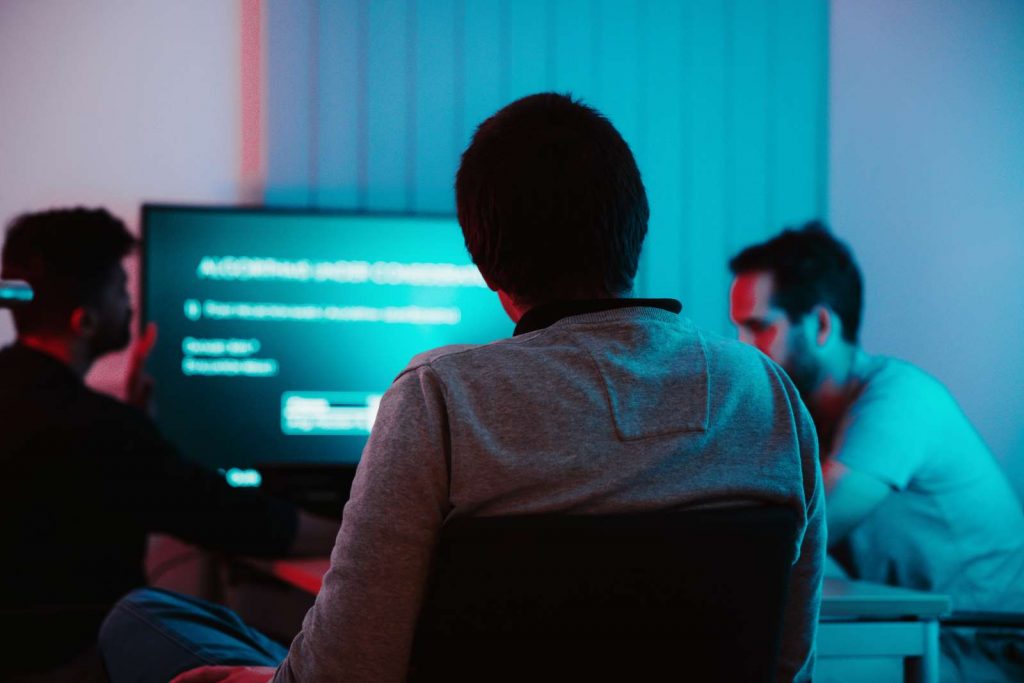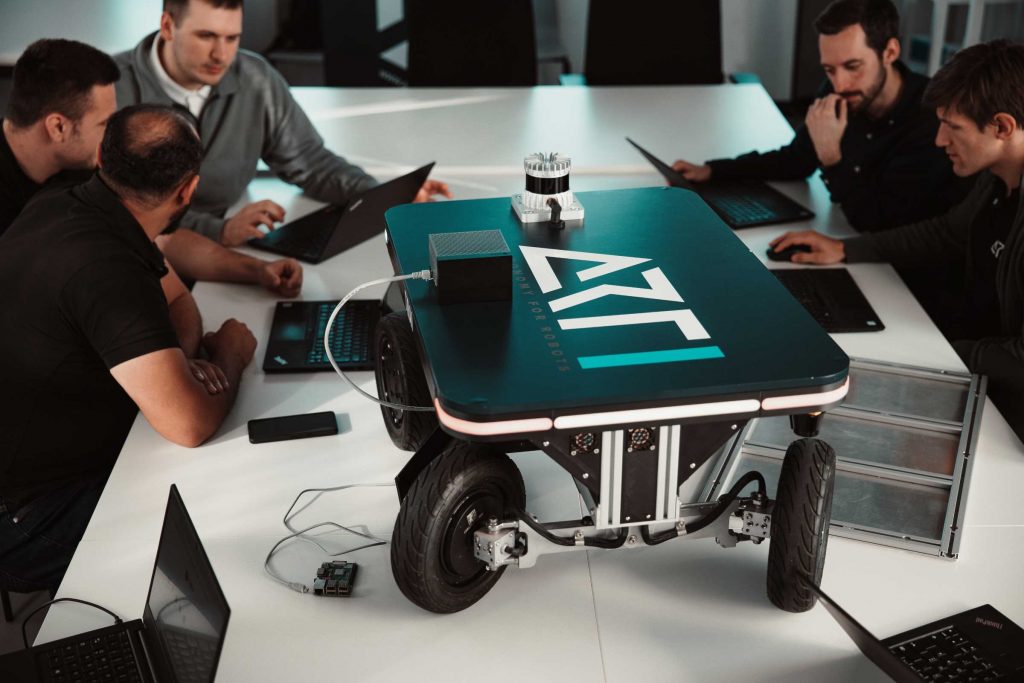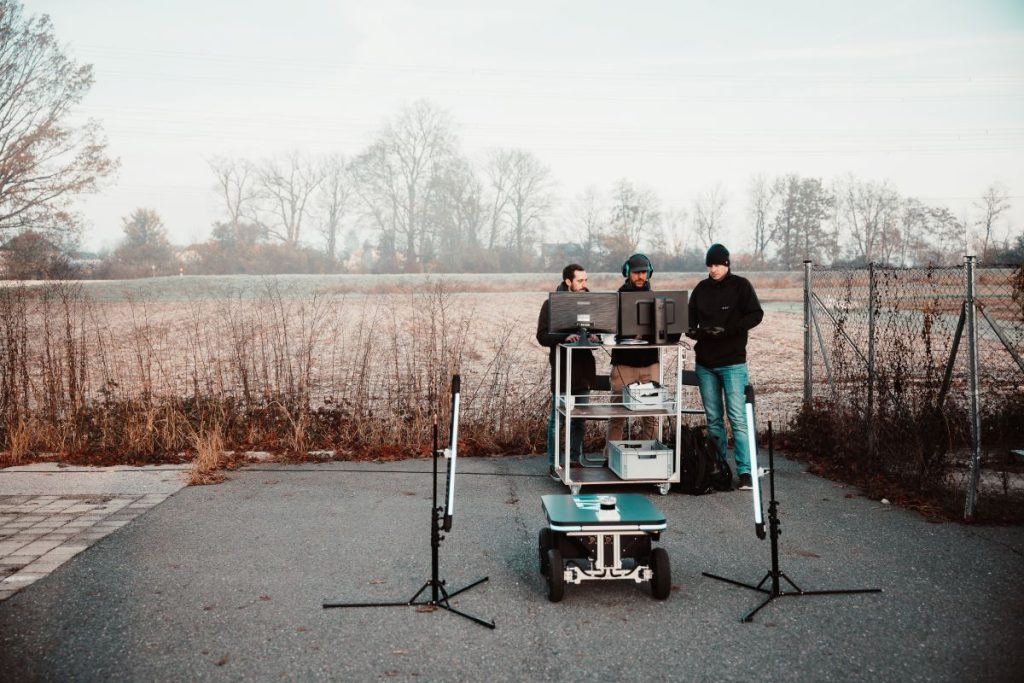Robotic software and open source – a fruitful history
Open-source software frameworks have immensely shaped the history of robotics software. The best-known framework is ROS – Robot Operating System. The open-source software movement created a worldwide network and unleashed creative problem-solving energy. Without it, robotic software and autonomous mobile robotics would not have become as successful as they are today. What started as an internal university project has become a dominant factor in the robotic software world. It continues to be an essential factor in the industry, competing alongside all the innovative companies developing their breakthrough-proprietary software.
We are a company dedicated to developing software for autonomous mobile robots. We understand the importance of quality, features and safety when deploying and using the software. It seems like a divisive discussion is taking place in the current world of robotic software. It centres around choosing between open-source and closed-source (also called proprietary) software.
Open-source, the winning team?
Open-source software is freely available for anyone to use, modify, and distribute. This means the source code is transparent and easily customized to fit specific needs. The open-source community also tends to be collaborative, with many developers worldwide working together to improve the software. This approach leads to faster innovation in robotic technological development and a more comprehensive range of features and robotic functionalities. Additionally, the reason why so many companies are relying on open-source software is simply the fact that it helps reduce development costs, as there are no license fees to pay.
However, there are also significant downsides to using open-source software in robotics. One major issue is security. There are fears, for example, that with software whose code is publicly available, it is easier to find and exploit vulnerabilities. To avoid this, the code is protected as best as possible. This approach is called “security through obscurity” and is not without controversy. The counter-strategy pursues the “full disclosure” principle and argues that greater publicity also brings greater security.
Moreover, open-source software may not always be well-maintained or supported, leading to bugs and compatibility issues. This can be a significant problem for users, as bugs and compatibility issues can lead to unexpected downtime and lost productivity. For companies relying on open-source software for their robotic machines, there is also the risk of the open-source software having its promise of openness revoked and being turned into proprietary software, profiting from the dependency of its existing users.
Another downside of open-source software is the lack of accountability. As with every software, there can be bugs and compatibility issues, leading to problems and downtime of robotic systems. The problem is that when the need for actual troubleshooting occurs, there is no one responsible contact to turn to. Similar issues arise with open-source artificial intelligence software. In this case, the AI open-source software is simply a “black box”. The user or deployer has no idea about the data on which the AI was trained and whether it contains biases or crucial inaccuracies.

Is closed-source robotic software the better option?
As the name suggests, closed-source software is proprietary and only available to those who pay for a license. The open-source community’s collaborative and innovative spirit seems lost. Besides being not for free, this is considered the most significant downside of proprietary software. However, this also means the code is not publicly available and offers significant protection for the company’s intellectual property. The code is protected from being copied, modified or distributed without permission, substantially benefiting companies investing heavily in software development.
Additionally, closed-source software is often developed and maintained by a single company, leading to better and more reliable support and a more consistent user experience. The single source of the software also ensures that no compatibility problems should occur, saving many development costs in the long run. This can be especially important for companies that rely on software to run their robots without downtime or delay. Although to be fair, one can argue that trusting a single company with your entire operation can also be considered a risk.
Especially in the (collaborative) robotics sector, the issue of security plays an important role. Just because software is developed as closed-source does not automatically mean, it is more secure. However, “safety through responsibility” undoubtedly plays a role. As a development company for proprietary software, you are liable to the customer or partner for ensuring their robotic software is as secure as possible. Due to this responsibility, the demand for safety, as well as the safety aspect, is much higher in developing proprietary robotic software than in open-source robotic software.
The company that provides proprietary software solutions can and must respond much better to special customer wishes and requirements. Open-source robotics software solutions are often only designed for standard cases. Consequently, the software has problems dealing with deviations and unique solutions that often occur in real life. If this is the case, the support of robotic experts is needed all the more.
This is especially true when it comes to the issue of safety. It is often only inadequately covered in open-source applications because the safety requirements depend heavily on the individual conditions in the application area. It is simply too time-consuming for open-source developers to deal with all these factors. When developing proprietary software, however, the customer’s wishes and requirements naturally have top priority.

ARTI, what about you? Closed or open source for your AI robotic software?
Since our company’s business is to develop and sell software, it stands to reason that ARTI is a proponent of closed-source robotic software. And yes, in fact, we are. Although there is a “but”.
We believe that open-source software is a great starting point for companies and software development, and we ourselves work with the ROS framework middleware to develop ARTI robotic AI software.
If you are looking for fast software solutions that can be used for trials or prototype solutions, the highly innovative open-source world is a wise choice. However, suppose you are looking for secure, compatible, and stable long-term solutions that fit your use case and safety requirements. Suppose you are looking for a reliable partner for technological development who also takes responsibility and offers support for its products. In that case, proprietary robotic software is the only possible option.
We think of open-source robotic software as a good starting point, but our ambition is to provide our customers and partners with more than just a start. We want to build long-lasting innovative relationships, provide comprehensive know-how and support our customers and partners in every aspect of their journey with autonomous mobile robots. That is why ARTI’s robotic software will remain proprietary.



